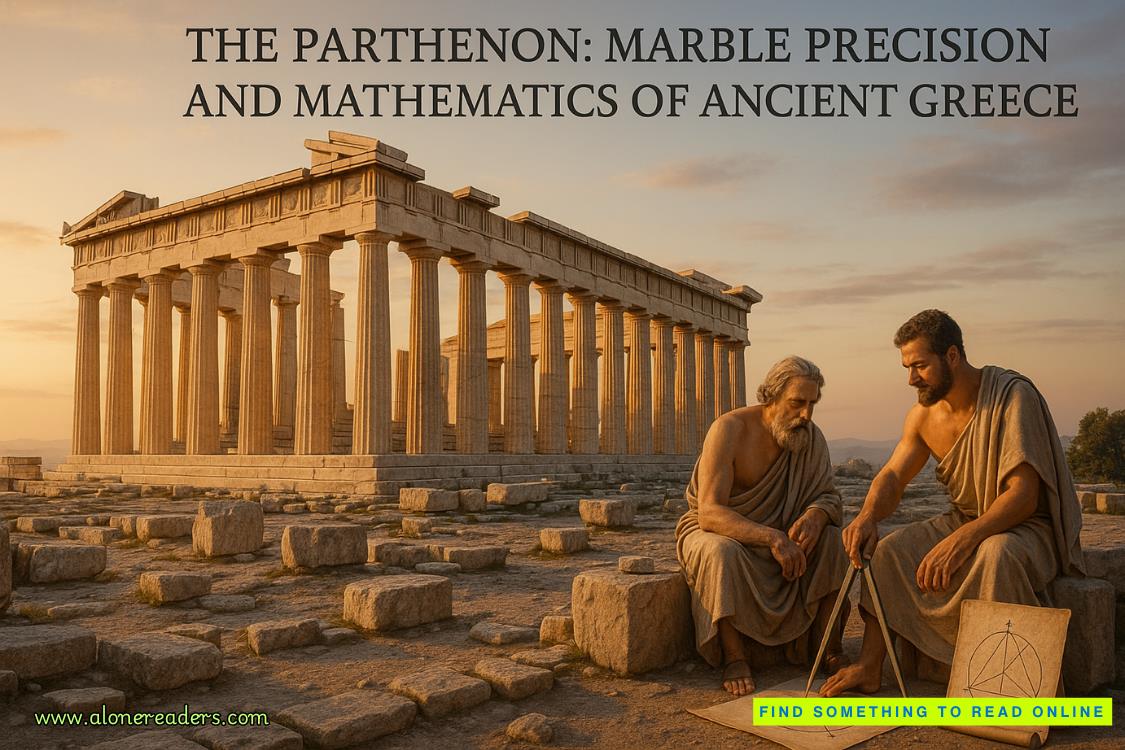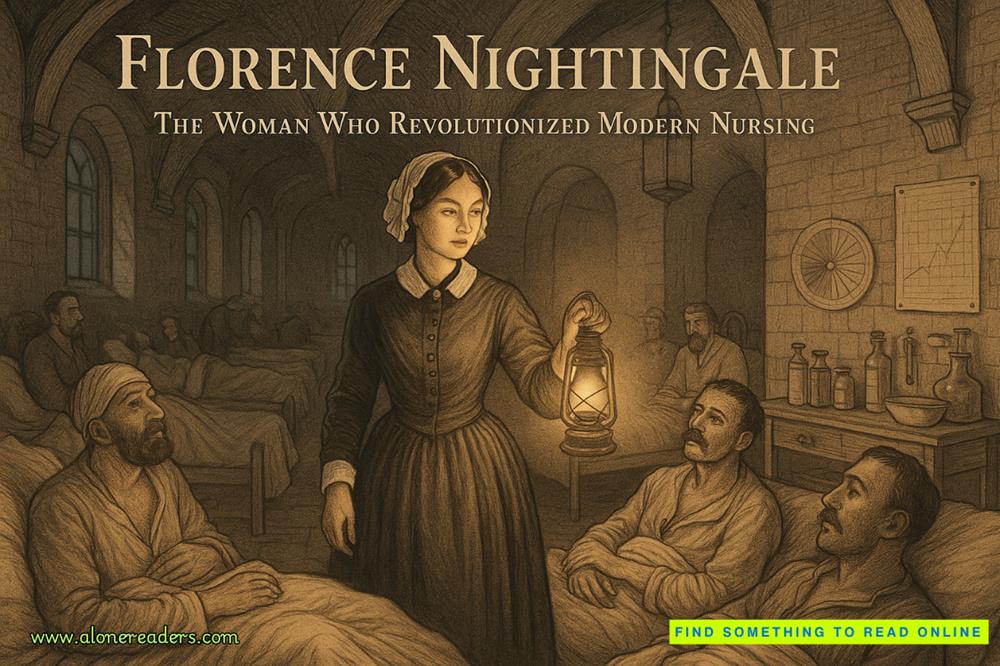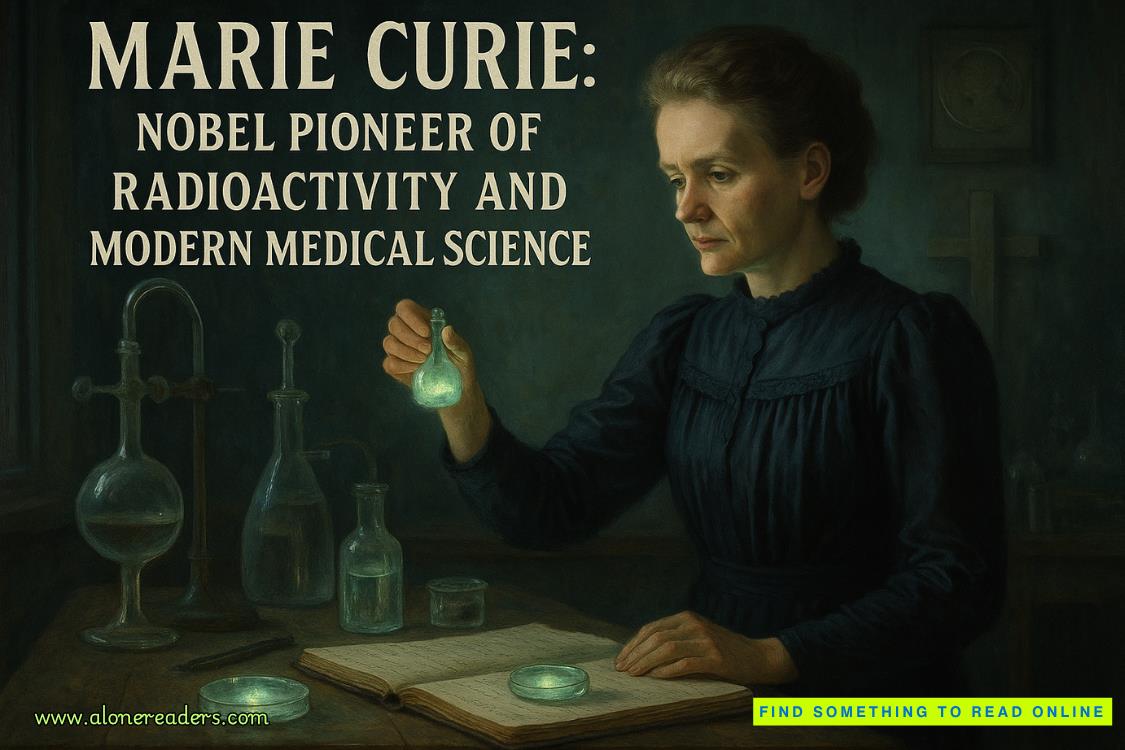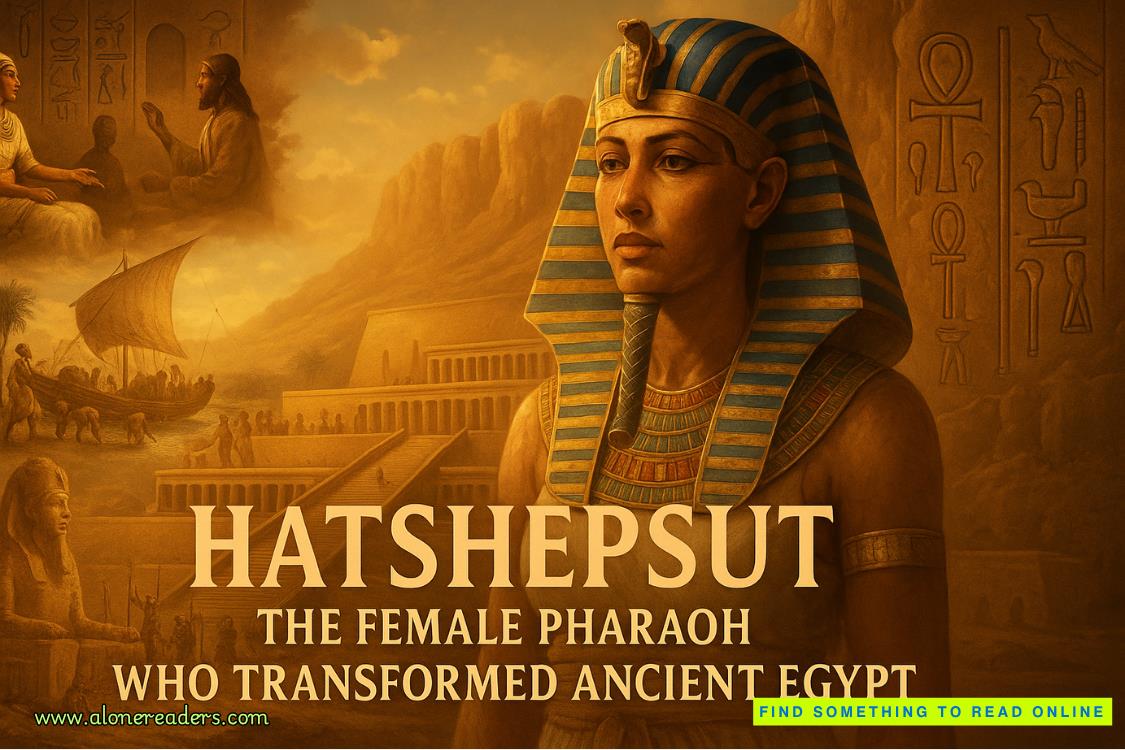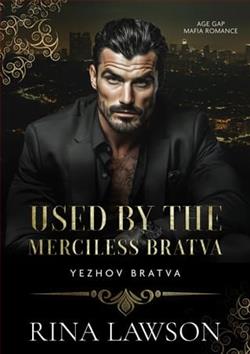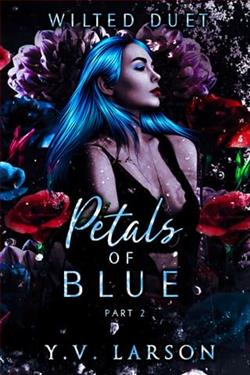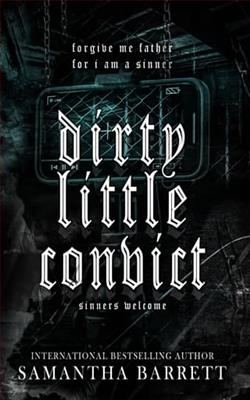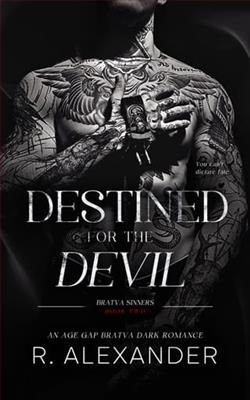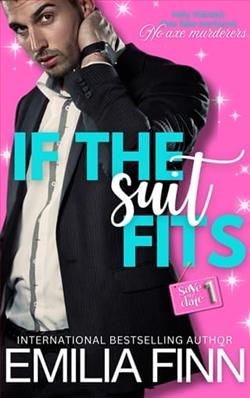Page 3 of The Seven Husbands of Evelyn Hugo
“Ace this, Monique. For us and for yourself, please.”
“I will.”
We break away from each other as I walk toward her door. “She might have read your physician-assisted suicide piece for the Discourse,” Frankie says just before I leave the room.
“What?”
“It was stunning. Maybe that’s why she wants you. It’s how we found you. It’s a great story. Not just because of the hits it got but because of you, because it’s beautiful work.”
It was one of the first truly meaningful stories I wrote of my own volition. I pitched it after I was assigned a piece on the rise in popularity of microgreens, especially on the Brooklyn restaurant scene. I had gone to the Park Slope market to interview a local farmer, but when I confessed that I didn’t get the appeal of mustard greens, he told me that I sounded like his sister. She had been highly carnivorous until the past year, when she switched to a vegan, all-organic diet as she battled brain cancer.
As we spoke more, he told me about a physician-assisted suicide support group he and his sister had joined, for those at the end of their lives and their loved ones. So many in the group were fighting for the right to die with dignity. Healthy eating wasn’t going to save his sister’s life, and neither of them wanted her to suffer any longer than she had to.
I knew then that I wanted, very deeply, to give a voice to the people of that support group.
I went back to the Discourse office and pitched the story. I thought I’d be turned down, given my recent slate of articles about hipster trends and celebrity think pieces. But to my surprise, I was greeted with a green light.
I worked tirelessly on it, attending meetings in church basements, interviewing the members, writing and rewriting, until I felt confident that the piece represented the full complexity—both the mercy and the moral code—of helping to end the lives of suffering people.
It is the story I am proudest of. I have, more than once, gone home from a day’s work here and read that piece again, reminding myself of what I’m capable of, reminding myself of the satisfaction I take in sharing the truth, no matter how difficult it may be to swallow.
“Thank you,” I tell Frankie now.
“I’m just saying that you’re talented. It might be that.”
“It’s probably not, though.”
“No,” she says. “It’s probably not. But write this story well, whatever it is, and then next time it will be.”
THESPILL.COM
Evelyn Hugo’s Coming Clean
BY JULIA SANTOS
MARCH 4, 2017
* * *
Word on the street is siren/LIVING LEGEND/world’s most beautiful blonde Evelyn Hugo is auctioning off gowns and agreeing to an interview, which she has not done in multiple decades.
PLEASE tell me she is finally ready to talk about all those damn husbands. (I can understand four, maybe even five, six if you are really pushing it, but seven? Seven husbands? Not to mention the fact that we all know she was having an affair with Congressman Jack Easton in the early ’80s. Gi
rl. Got. A. Round.)
If she won’t come clean about the husbands, let’s pray she at least goes on the record about how she got those eyebrows. I mean, SHARE THE WEALTH, EVELYN.
When you see pictures of E back in the day with her brassy blond hair, those dark, straight-as-an-arrow eyebrows, that deep-tanned skin, and those golden-brown eyes, you have no choice but to stop what you are doing and stare right at her.
And don’t even get me started on that body.
No ass, no hips—just huge boobs on a slim frame.
I have basically been working my entire adult life for a body like that. (Note: Am very far away. Might be the spaghetti bucatini I’ve been eating for lunch every day this week.)
Here is the only part that has me heated: Evelyn could have chosen anyone for this. (Ahem, me?) But instead she chose some newbie at Vivant? She could have had anyone. (Ahem, me?) Why this Monique Grant chick (and not me)?
Ugh, fine. I’m just bitter it’s not me.


